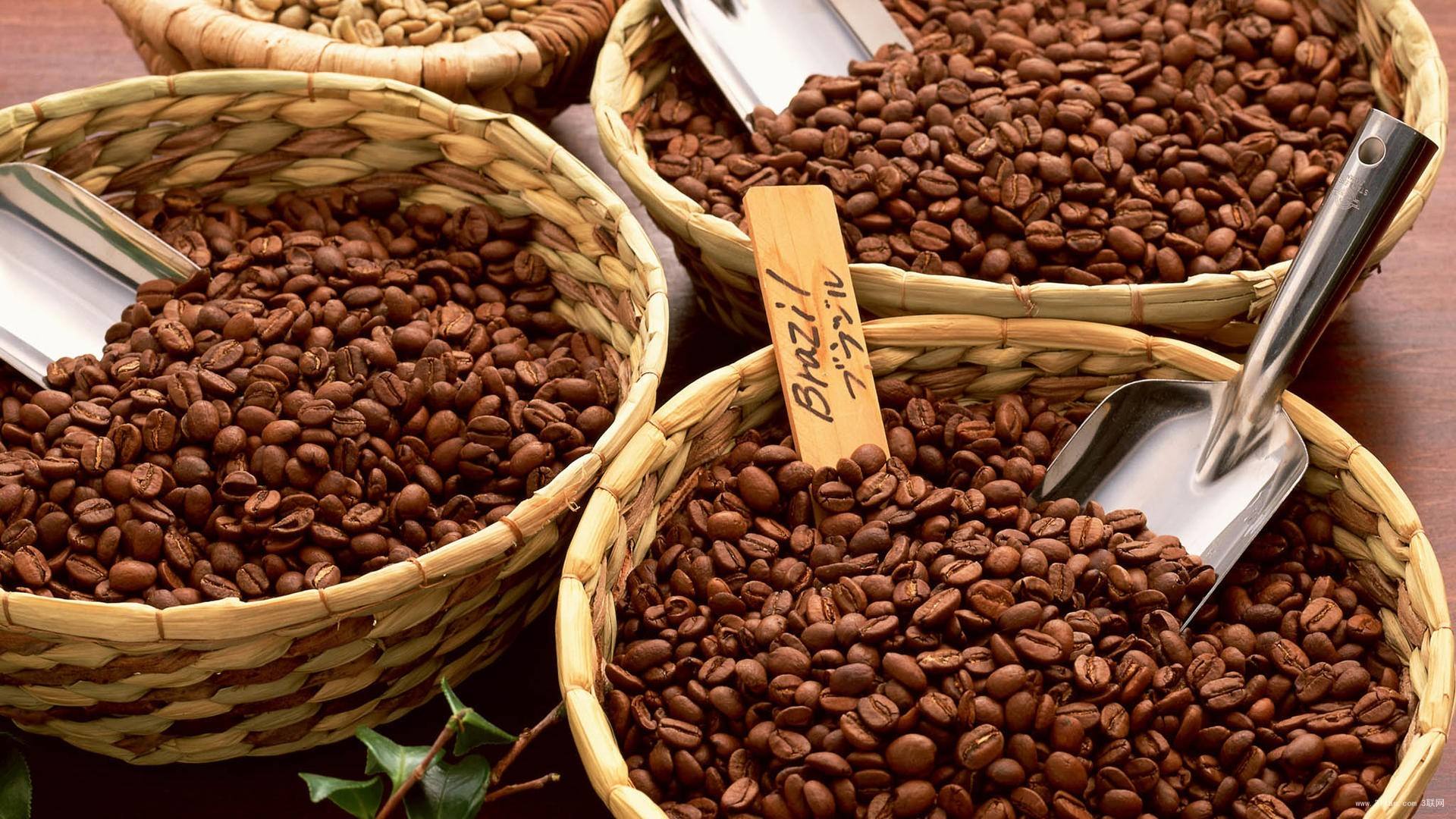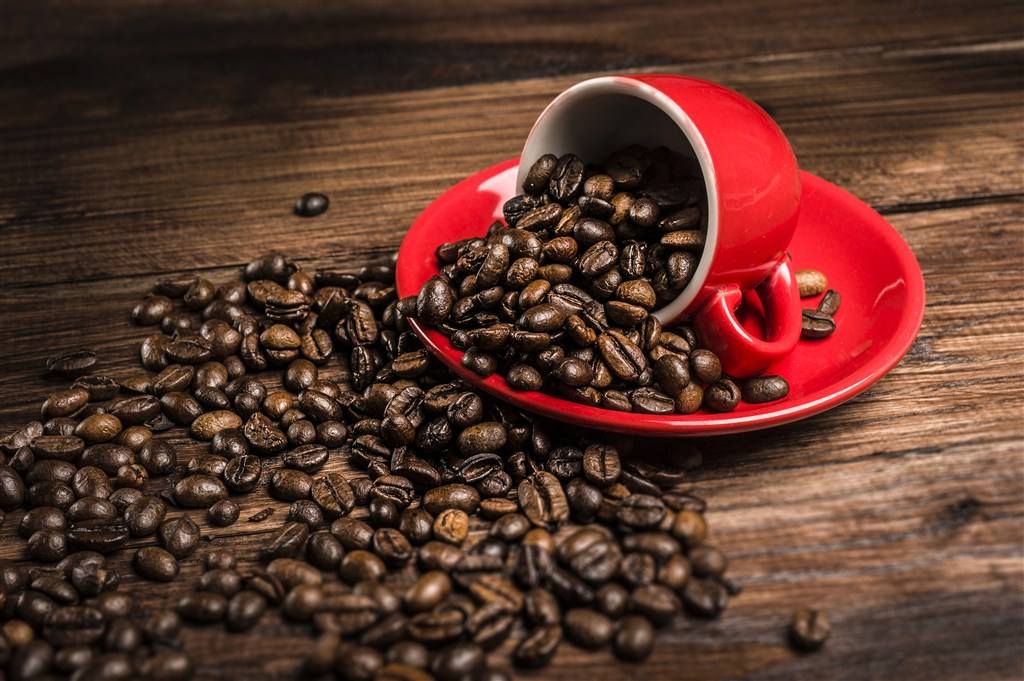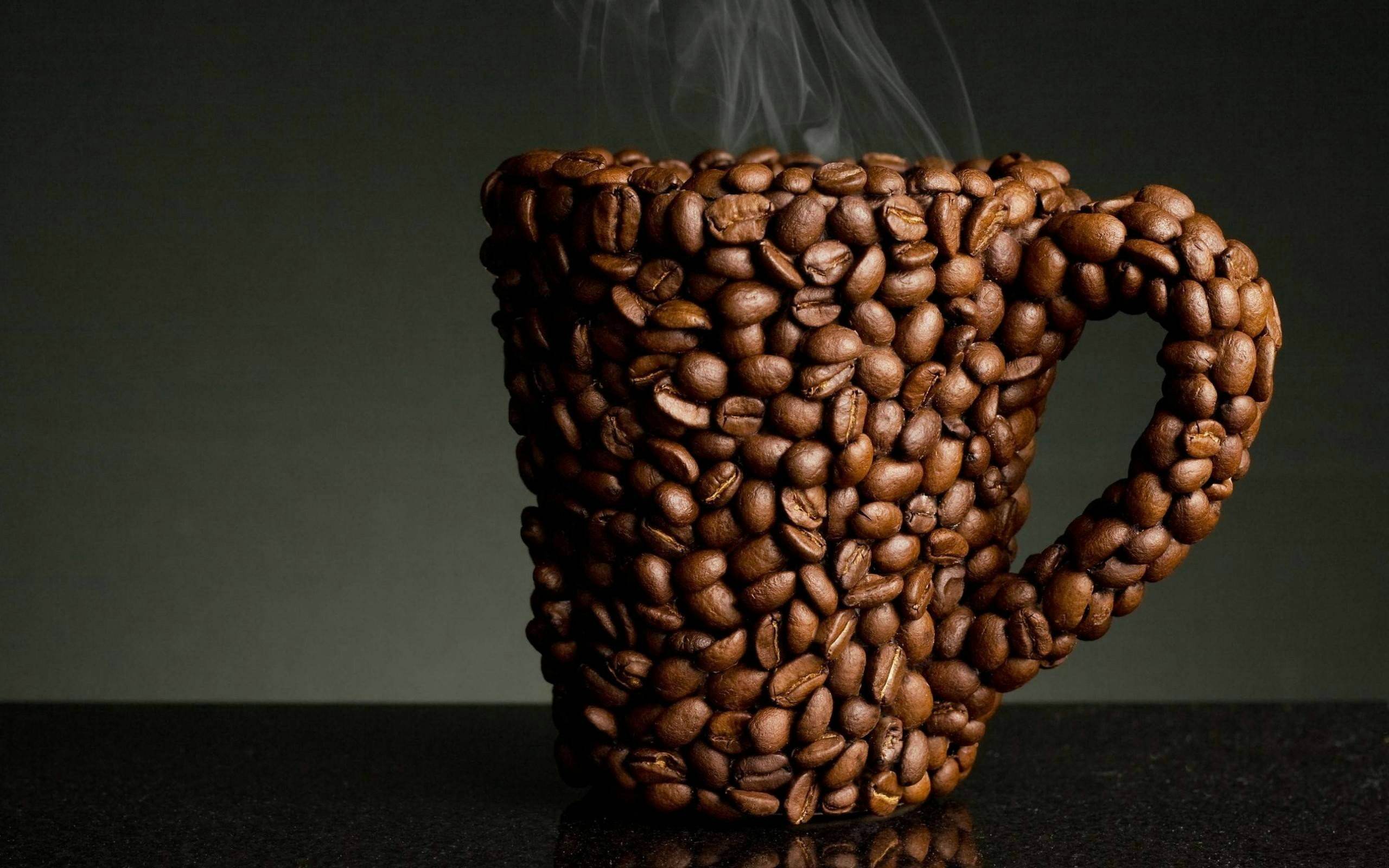Planting patterns in flavor producing areas of Costa Rican coffee beans
Follow the caf é (Wechat official account vdailycom) and found that Beautiful Cafe opened a small shop of its own.
At the top of the Costa Rican national emblem is a blue belt with the words "Central America", expressing Costa Ricans' memory of the original federation; below is a white ribbon with green branches and the name of the Republic. The corn kernels on both sides of the national emblem are round and golden, indicating that the agriculture of this plateau country is dominated by corn cultivation. The three reddish-brown volcanic peaks represent the Barbaa, Ilasu and Boas mountains between the Pacific Ocean and the Caribbean, with 3/4 of Costa Rica's coffee-producing population living on the flowering green plateau. The seven white five-pointed stars in the blue sky represent the seven existing provinces of Costa Rica. There is an ancient white sailboat in the close range of the Caribbean Sea and the Pacific Ocean behind the mountains, and the dynamics of the voyage bring out Costa Rica's prosperous maritime trade. A rising sun is rising on the sea, and the dawn of the new century shines on the bright future of this country.

There are eight Costa rica producing areas, of which Tarazu, the Central Valley and the Western Valley are recognized as the three best producing areas. Las Lajas is located in the foothills of Sabanilla de Alajuela and Poas Volcano in the Central Valley. "Lajas" is the name of the Chakon family processing plant, whose estate has Finca La Mirella and Finca San Luis, the estate that produces the bean.
Francisca and Oscar Chac ó n, the third-generation operator of Las Lajas's small coffee processing farm, have been in business since their grandparents for more than 80 years. In 1995, Oscar's father died of cancer. They suspected that the chemical fertilizers and pesticides used on the farm were the culprits. From then on, they no longer used toxic chemicals, but instead used natural and self-composting, and used natural farming methods that were friendly to the environment and ecologically. Shady planting in native forests. After five years of organic planting until the soil, leaves, and fruit were analyzed, Lajas became the first organically certified manor in Costa rica in 2000.
Lajas is also the first manor in Central America to start honey treatment and natural sun treatment. Tanning is a very traditional practice, which uses the least resources, but because there are too many uncontrollable factors, it is very difficult to do well. Francesca has added many innovations, such as using the sugar meter (Brix meter), which is often equipped in the wine industry, to measure the sugar content of the fruit. According to the sugar content of Brix, the best time and method of harvest are determined. Only those with more than 20% sweetness will be exposed to the sun. The Brix value of general fruit is 14 for apple, 12 for lemon and 18 for passion fruit, but the coffee cherry in Lajas can reach 21-22%. LaHaas not only does the sun, honey treatment, but also has water to wash beans. The beans grown on the farm are Caturra, Catuai and Villa Sarchi, as well as a small number of Ken subspecies SL28, Obata and so on.
The natural treatment of French ska is quite laborious. Hand-harvested high-sugar cherries are first placed in an African viaduct in the sun for about 10 days, and then placed in a plastic cloth-covered greenhouse to create more direct heat and continue to dry until the water content reaches 11.5%. The slow drying process allows raw beans to develop more natural sweetness from within, but it also requires more careful care and precise calculation of the number of turns. In the end, the red cherries turn black, giving off the aroma of fruitcake, black sugar and even sherry, and it's done.
There are two kinds of sun treatments in Lajas, which are treated by the times in the process.
Black Pearl (Perla Negra): sun-treated, dried in an elevated bed, turned normally
Black Soul (Alma Negra): tanned, dried in an elevated bed, turned only a few times a day
"Black Soul" has less turning times and higher degree of fermentation than "Black Pearl", but it is also more likely to fail. Under the careful treatment of Lajas, this "Black Soul" has become the best of sun-dried beans with rich flavor, thick and round taste and long tail. With Lajas different treatment of raw beans, showing different flavors, compared with each other, you can definitely have a special experience.
Important Notice :
前街咖啡 FrontStreet Coffee has moved to new addredd:
FrontStreet Coffee Address: 315,Donghua East Road,GuangZhou
Tel:020 38364473
- Prev

Costa Rican coffee producing area, Costa Rican coffee introduction
Following Cafe (Wechat official account vdailycom) found that Costa Rica has opened a small shop of its own. Costa Rica is a Spanish word that means rich coast. At the top of the Costa Rican national emblem flutters a blue belt with Central America, expressing Costa Ricans' memory of the original federation; below is a white ribbon with green branches and the name of the Republic. National emblem
- Next

Costa Rican coffee farm, Costa Rican coffee growing area
Following caf é (Wechat official account vdailycom) found that the Beautiful Cafe opened a small shop of its own, Elsa Coffee Manor, located in the western valley of Costa Rica. In May and June, the workers on the estate were no longer as busy as the coffee harvest season, and their work was mainly focused on the shelling and screening of raw beans before export. In recent years, the manor has begun to make boutique coffee.
Related
- Detailed explanation of Jadeite planting Land in Panamanian Jadeite Manor introduction to the grading system of Jadeite competitive bidding, Red bid, Green bid and Rose Summer
- Story of Coffee planting in Brenka region of Costa Rica Stonehenge Manor anaerobic heavy honey treatment of flavor mouth
- What's on the barrel of Blue Mountain Coffee beans?
- Can American coffee also pull flowers? How to use hot American style to pull out a good-looking pattern?
- Can you make a cold extract with coffee beans? What is the right proportion for cold-extracted coffee formula?
- Indonesian PWN Gold Mandrine Coffee Origin Features Flavor How to Chong? Mandolin coffee is American.
- A brief introduction to the flavor characteristics of Brazilian yellow bourbon coffee beans
- What is the effect of different water quality on the flavor of cold-extracted coffee? What kind of water is best for brewing coffee?
- Why do you think of Rose Summer whenever you mention Panamanian coffee?
- Introduction to the characteristics of authentic blue mountain coffee bean producing areas? What is the CIB Coffee Authority in Jamaica?

